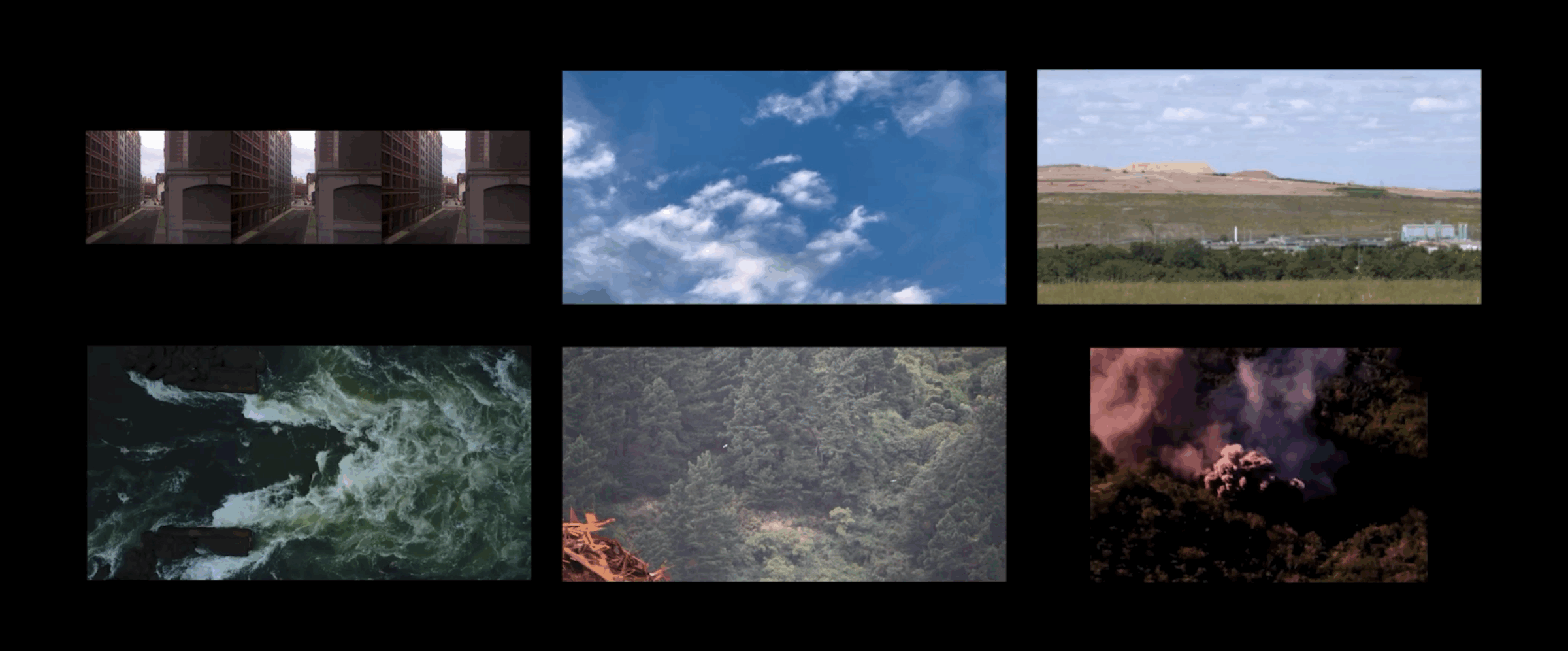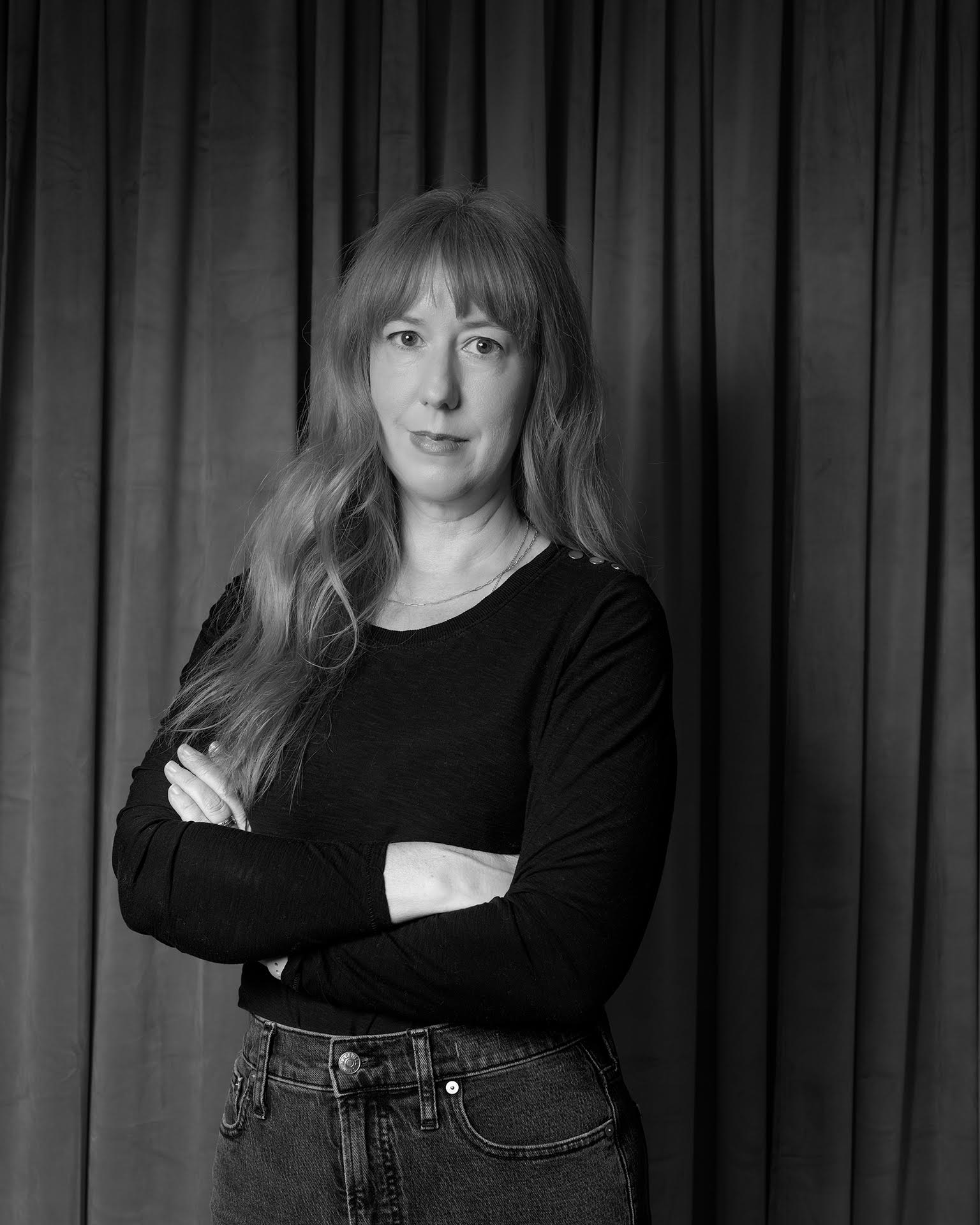Scientific Illustration Instructor Teaches at CDC
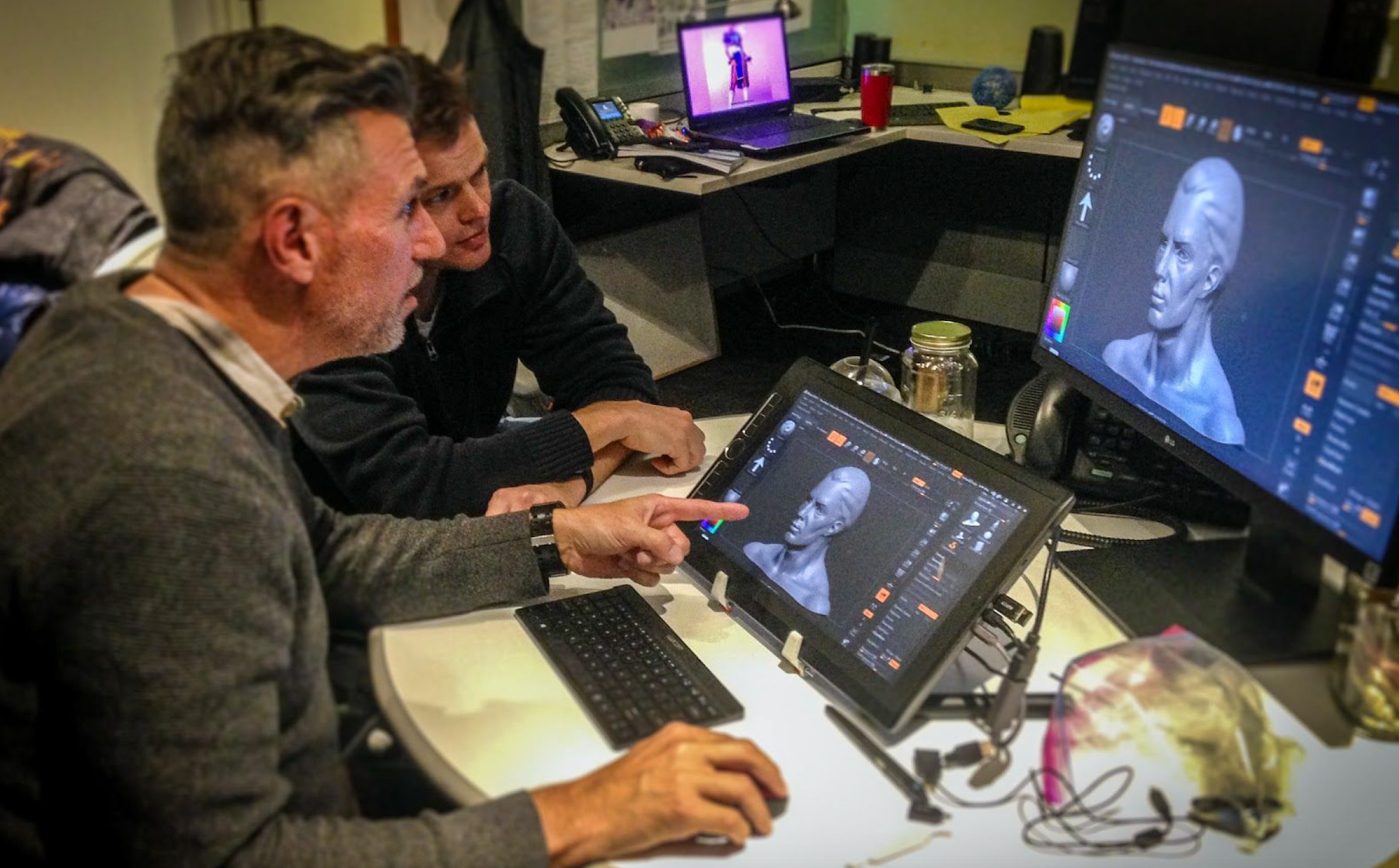
On February 7th, 2020, what now seems eons ago, Lamar Dodd School of Art Scientific Illustration instructor Wes Price spent an afternoon at the Center for Disease Control and Prevention (CDC) in Atlanta, Georgia. Wes, a Certified Medical Illustrator and Creative Director for the Center for BioMedical Visualization at St. George’s University School of Medicine, was invited to teach a workshop on “Digital Sculpting Techniques for Science” to a group of in-house medical illustrators who are employed as Visual Information Specialists for the Center. These artists collaborate with leading scientists to visually communicate risks and prevention of health threats that affect communities both locally and internationally.
The CDC responds to emergencies involving disease outbreaks all over the world, from ZIKA to Ebola, and now COVID-19. During Wes’ visit, the outbreak of COVID-19 was just breaking in the news, and the CDC was buzzing on high alert. “The day didn’t quite start out as I expected. Not only was there an evacuation at the CDC that morning due to a burst pipe, (Athens residents may remember it a cold weekend with snow) but there were many people in emergency response uniforms running about, and a lot of ‘closed door’ meetings happening due to COVID-19 response measures. However, once our session was able to get underway we had a great afternoon of intensive training in my favorite 3D visualization software.”
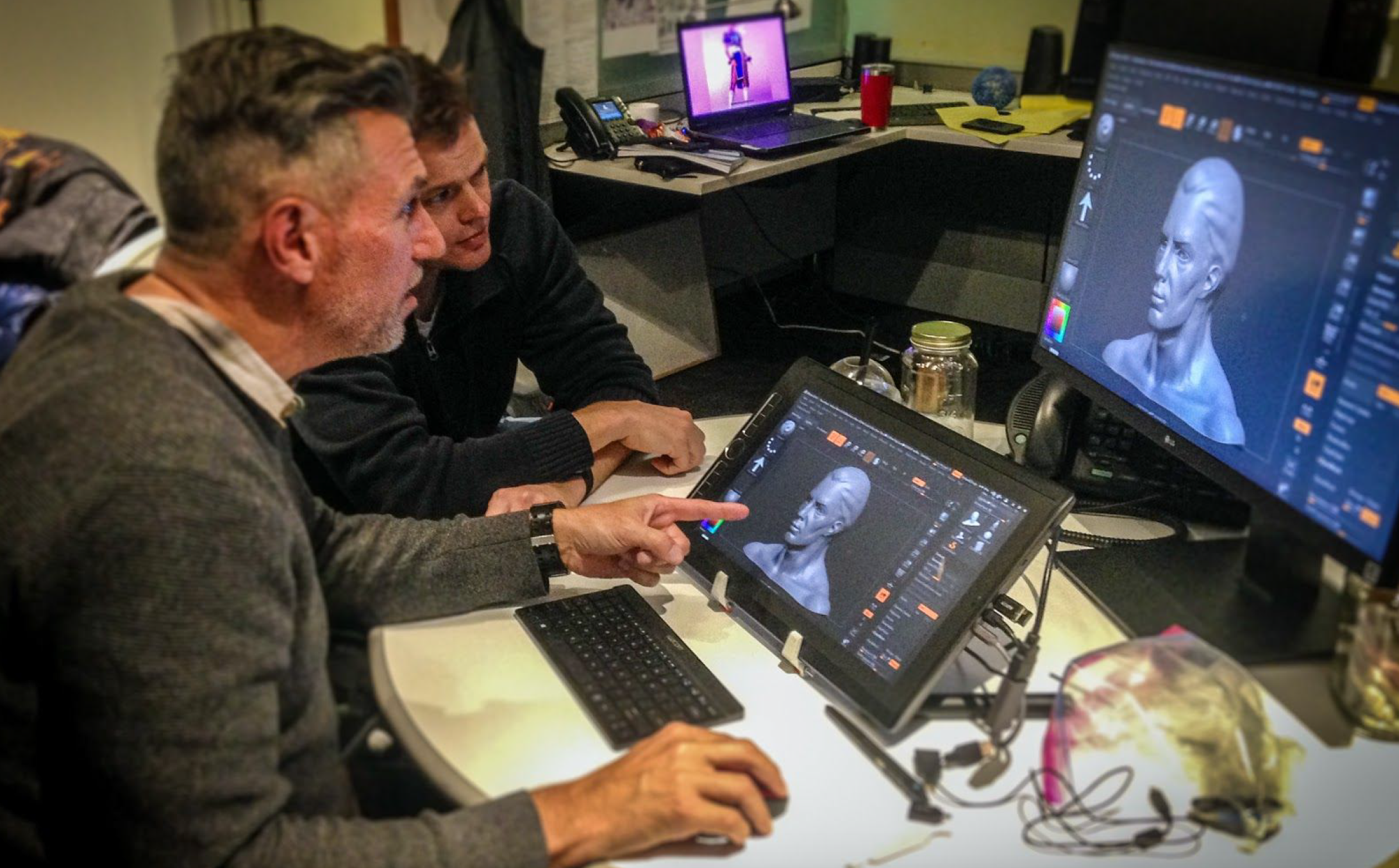
(Fig. 1 Wes Price teaches digital sculpting techniques to CDC Visual Information Specialist Dan Higgins, using Pixologic ZBrush software.)
At the CDC, the medical illustrators are called upon to show what’s never been seen before, and often they use 3D software to visualize the microscopic villains that threaten the public. There is one particular 3D visualization of the novel coronavirus that is popular all over the world at the moment, and Wes is proud to say that his CDC medical illustration colleagues Alissa Eckert and Dan Higgins are responsible for creating the image.
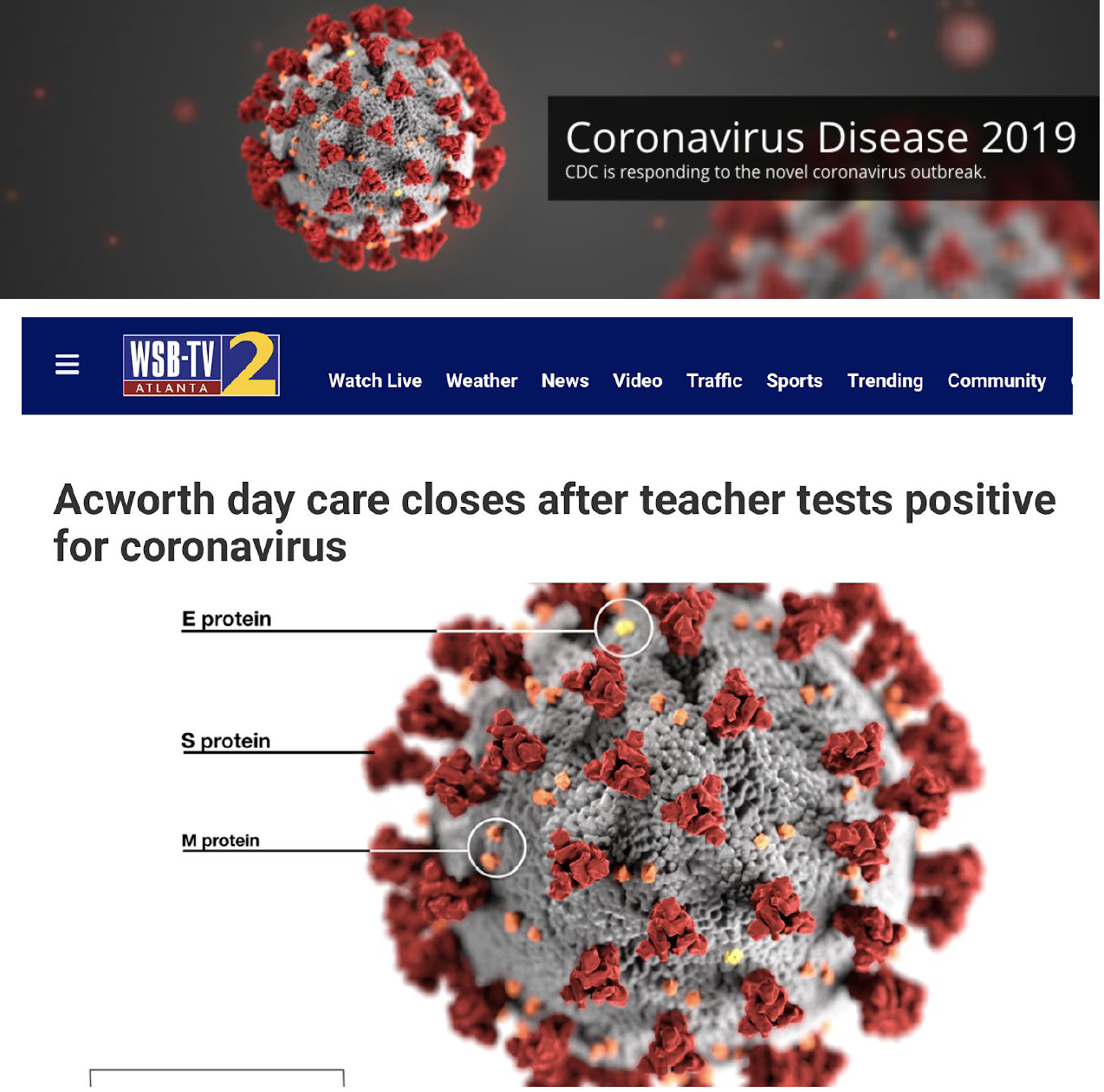
(Fig. 2 The Coronavirus 3D visualization as shown on the CDC website and on a local Atlanta news site, by Alissa Eckert, MS and Dan Higgins, MAMS, CDC.gov)
“It was exciting to see that my friends had created an accurate representation of the virus, but with an elegance that makes it very attractive, and almost cinematic. This could be the reason all the news outlets have gravitated to it for their coverage. It’s engaging.” Wes is no stranger to3D visualization, and he trains SGU’s medical illustration team to create 3D models whenever they can. “3D sculpting is a very versatile medium, and it has grown substantially over the20-plus years of my illustration career. When I studied traditional scientific illustration techniques in undergrad at the University of Georgia and in graduate school at Augusta University, it was all about getting something to look three-dimensional on a two-dimensional page, using anything from watercolor to airbrush to Adobe Photoshop. My mantra today is: if you have the ability to create a 3D model of your subject, do it, because you are left with a useful graphic that has many more applications than just a single static image.”
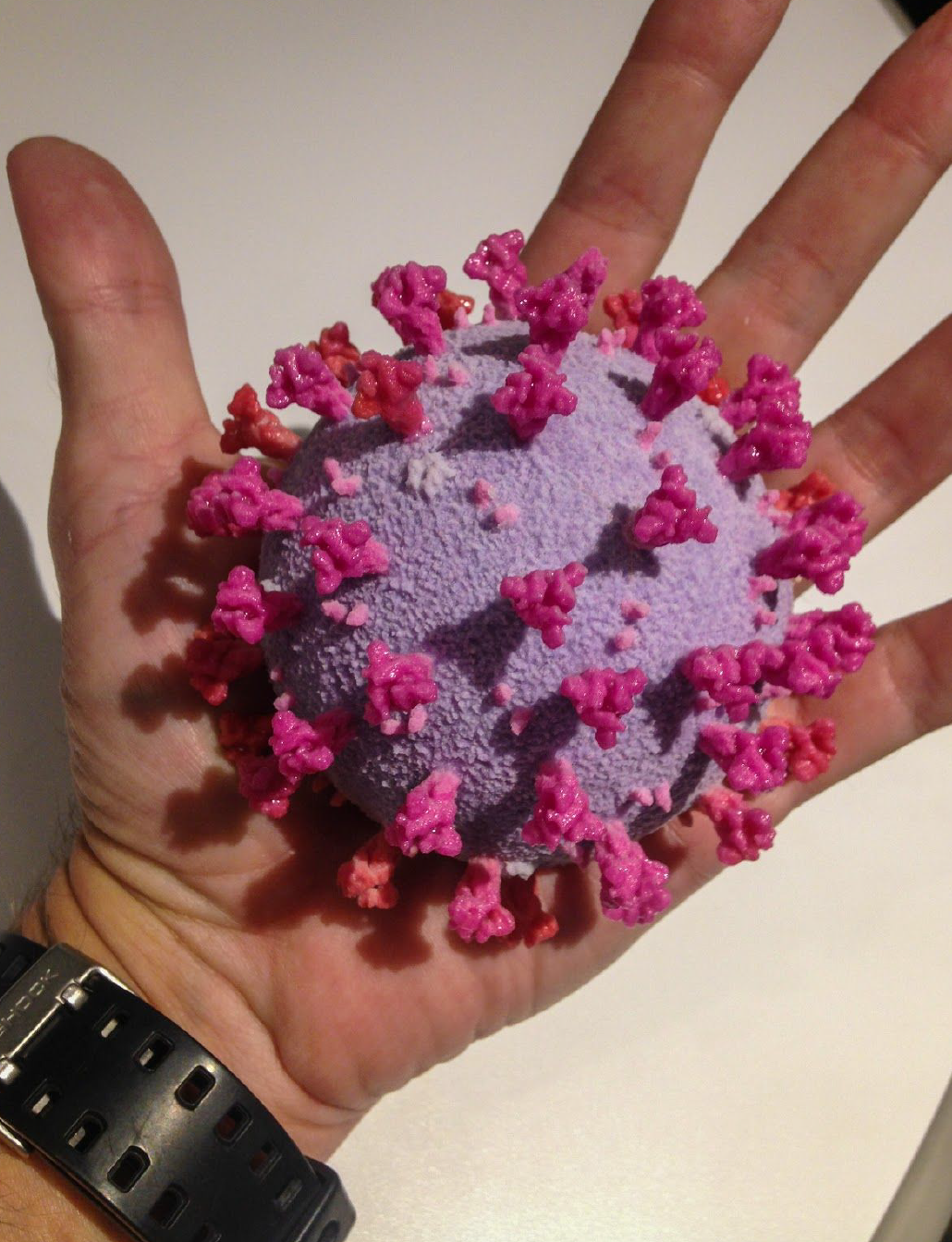
(Fig. 3, Wes Price holds a full color 3D “powder print” of the same coronavirus model built by Alissa Eckert, MS and Dan Higgins, MAMS, who are medical illustrators at the CDC.)
For instance, the CDC medical illustrators took the same model they used for their web banner image and then 3D printed it in color using their ProJet 460Plus powder printer. Wes adds, “To build something in 3D means you can animate it, you can 3D print the model or make it the star of an interactive VR experience, and yet it could still be printed for a journal, poster or book.
”Overall, it was a successful day at the CDC for Wes Price and his professional students. “We kept it informal and light, considering the timing and atmosphere. They are already well-experienced with using specific tools in the 3D visualization software, so getting to spend the afternoon showing them ‘tips and tricks’ they weren’t as familiar with in such a high-tech environment was a special honor and a great opportunity to represent St. George’s University School of Medicine and the Lamar Dodd School of Art’s Scientific Illustration Program.”
Wes Price is a creative director, faculty, and a current resident of the island of Grenada in the West Indies. He enjoys giving back to the Scientific Illustration Department whenever he can. This Fall Term, professional 3D sculpting, and 2D painting techniques will be taught to his students during the 2020 ZBrush for Science Illustration 9-day course, Aug 22nd – Aug 30th at the School of Art.
For more information on the world-famous coronavirus image, check out these articles:
https://edition.cnn.com/2020/04/17/us/coronavirus-cdc-design-trnd/index…
https://www.nytimes.com/2020/04/01/health/coronavirus-illustration-cdc…
https://news.artnet.com/opinion/cdc-biometical-art-1822296
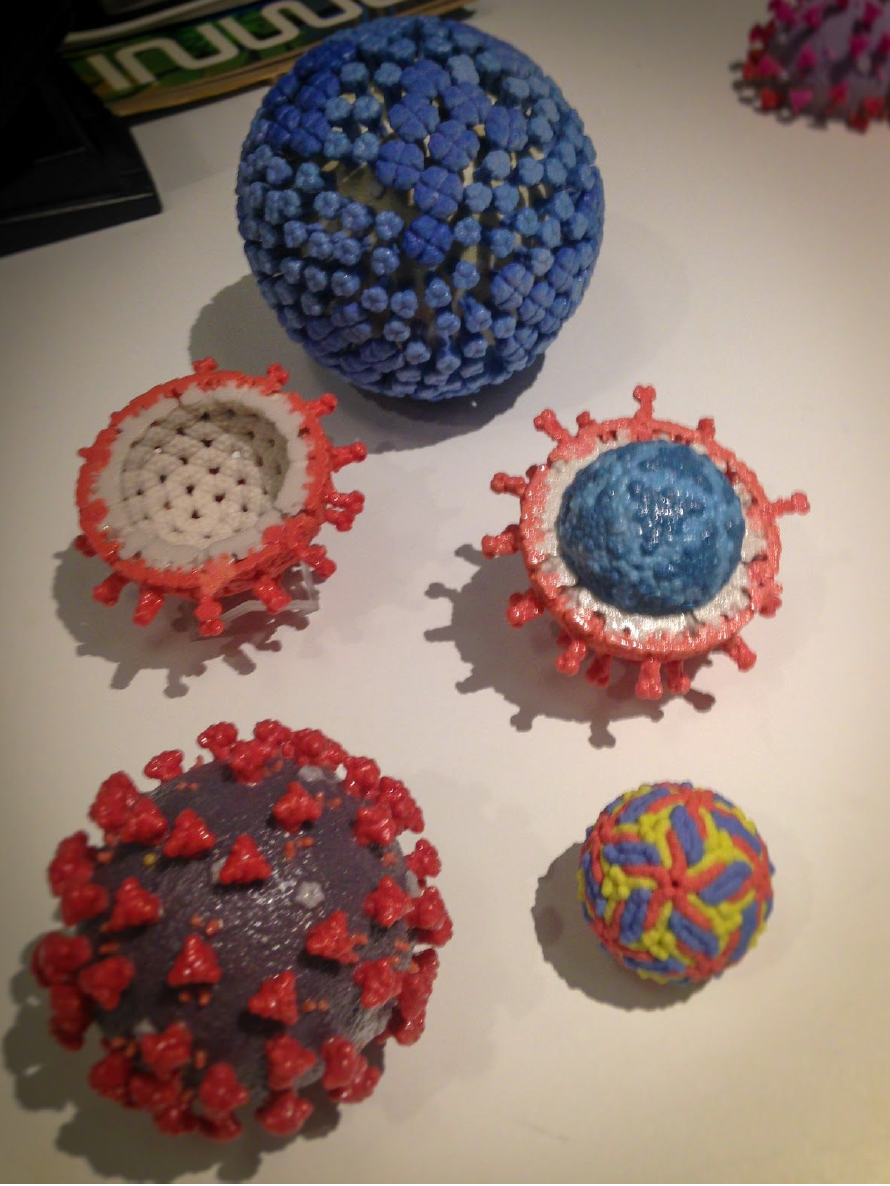
(Fig. 4, ProJet 460Plus powder prints of various CDC virus models, CDC.gov)

